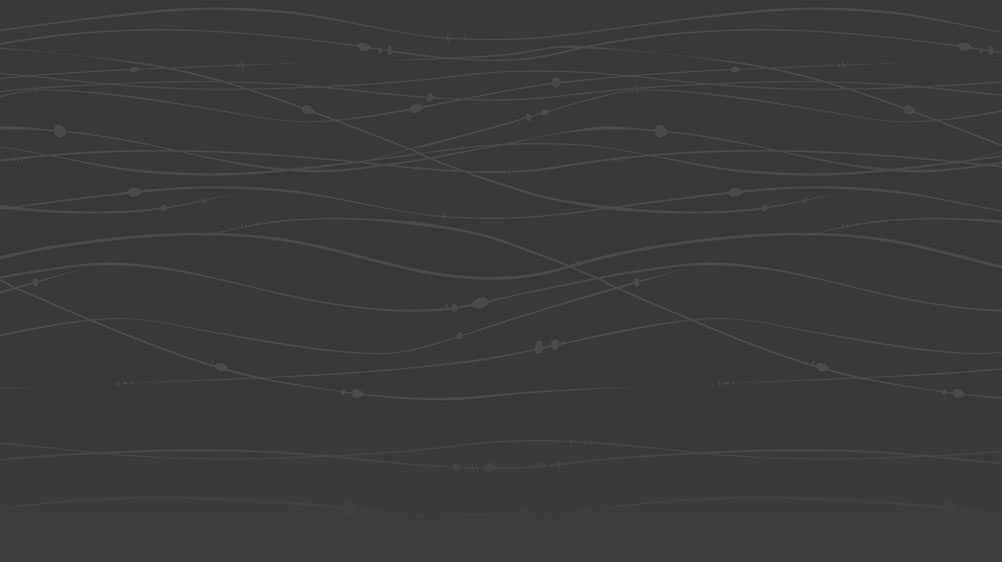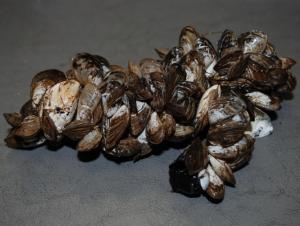

This is a portion of an article that was originally posted on Great Lakes Now.
GLC Director Alexander Karatayev was quoted in an article on Great Lakes Now about the legacy of the introduction of the quagga mussel in 1991:
After quagga mussels replaced zebra mussels, their populations peaked in about 2003 and declined slightly in shallow waters. They continue to increase slowly in deeper portions of the lakes, said Alexander Karatayev, director of the Great Lakes Center at Buffalo State College.
“When we’re talking about the deep Great Lakes, like Huron, Michigan and Ontario, the dreissenid population is not growing like it did,” Karatayev said.
Karatayev recently published in Journal of Great Lakes Research the results of an extensive survey of dreissenid mussels in Lake Ontario. Every five years each of the Great Lakes undergoes such a survey.
This recent report includes information on the effect of the round goby, another Great Lakes invasive species and the main predator of quagga mussels. While gobies seem to reduce quaggas of the size they most like to eat, overall they’re not impacting quagga populations in any significant way, Karatayev said.
Still, it points to ways the ecosystem is responding to the invasive mussels.
Lake sturgeon, a threatened species in the Great Lakes region, has started eating zebra and quagga mussels. It’s possible their role in removing nutrients that fuel algal blooms has aided sturgeon as well, Karatayev said.
In other areas they’ve invaded, ecosystems take on a new shape after the initial invasion.
In the Hudson River zebra mussels outweigh all native fish, insects, mollusks and other consumers combined. Every late summer, blue crabs migrate up the river and devour zebra mussels, said David Strayer, a former freshwater ecologist at the Cary Institute of Ecosystem Studies.
“Someone said it was like watching someone eat popcorn,” he said.
Where half of zebra mussels used to survive one year to the next, blue crabs have reduced that to 1% in some years, Strayer said. This has allowed some plankton—an important food source—to return to pre-invasion levels.
While the effects of the invasion have been severe—close to 1 billion pearly mussels have almost disappeared, Strayer said—it shows the native ecosystem and invasive species responding and reacting to one other.
“There’s this chain of interactions going back and forth between the ecosystem and invader,” Strayer said. “It still hasn’t settled down, the ecosystem and the mussel… I don’t know how long that’ll take.”
In the Great Lakes, slowing and declining growth in quagga mussels might hint at an emerging equilibrium, Karatayev said, but they’re not going anywhere.
“They will be big players for probably hundreds of years,” he said.
Read the full article at Great Lakes Now.
Some content on this page is saved in PDF format. To view these files, download Adobe Acrobat Reader free. If you are having trouble reading a document, request an accessible copy of the PDF or Word Document.
